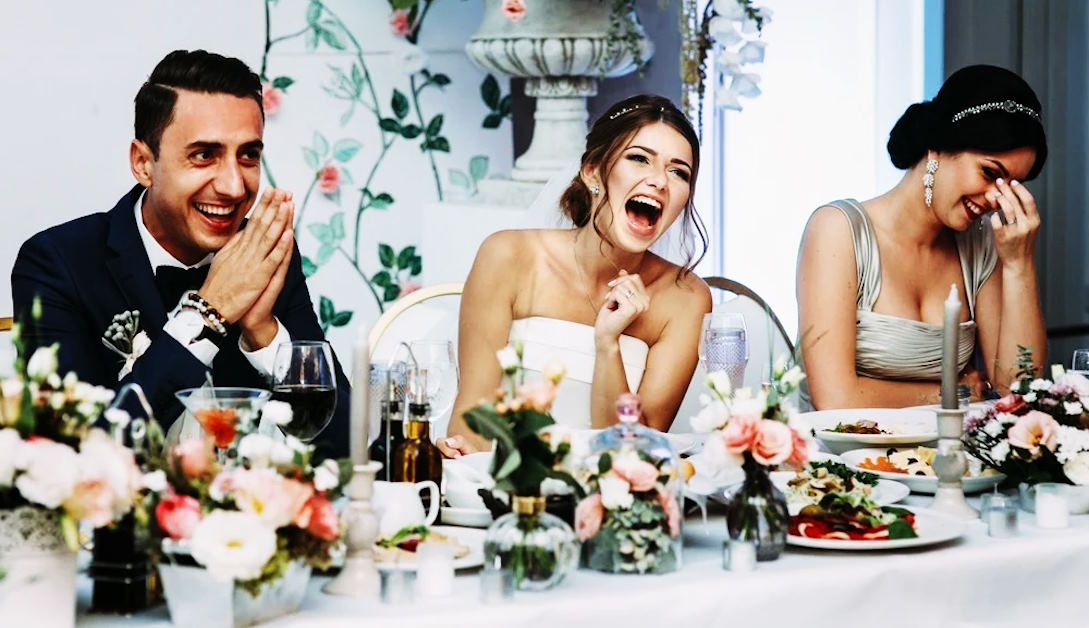The Importance of a Wedding Rehearsal and How to Make the Most of It
Planning a wedding involves a multitude of details, from choosing the perfect venue to selecting the ideal floral arrangements. Yet, amidst the whirlwind of preparations, one crucial event often stands out as a beacon of practicality and foresight: the wedding rehearsal. This often-overlooked prenuptial ritual serves as a cornerstone for ensuring that the big day unfolds seamlessly. Beyond mere formality, the wedding rehearsal holds immense importance in acquainting the wedding party with their roles, ironing out logistical kinks, and alleviating pre-ceremony jitters.
Why a Wedding Rehearsal Matters
Ensuring smooth coordination:
The intricate choreography of a wedding ceremony requires meticulous coordination among the various participants, from the bridal party to the officiant. Without a rehearsal, the risk of missteps and confusion looms large, potentially detracting from the solemnity and joy of the occasion. By dedicating time to rehearse the procession, recession, and other key elements of the ceremony, couples can mitigate the risk of logistical hiccups and ensure that every moment unfolds seamlessly.
Familiarizing the wedding party with their roles:
For many members of the wedding party, their roles extend beyond mere attendance—they are entrusted with important tasks such as holding bouquets, delivering readings, or ushering guests to their seats. A wedding rehearsal provides an invaluable opportunity for these individuals to familiarize themselves with their responsibilities, ensuring that they can execute their duties with confidence and poise when the time comes. Additionally, it allows the bride and groom to communicate their expectations clearly, empowering their loved ones to support them effectively on their special day.

How to Plan a Wedding Rehearsal
Setting the date and time:
The timing of the wedding rehearsal should be carefully coordinated to accommodate the schedules of all key participants, including the bride, groom, wedding party, and officiant. Typically, rehearsals are held one to two days before the wedding, allowing for any last-minute adjustments to be made while ensuring that the details are fresh in everyone’s minds.
Choosing the venue:
While the wedding rehearsal can take place at the same venue as the ceremony, it’s not uncommon for couples to opt for a more casual setting, such as a backyard or a local park. When selecting a venue, consider factors such as accessibility, space constraints, and the overall ambiance, ensuring that it provides a suitable backdrop for practicing the ceremony.
Inviting key participants:
In addition to the bride, groom, and officiant, the wedding rehearsal should include all members of the bridal party, as well as any individuals who will play a significant role in the ceremony, such as readers or musicians. Be sure to communicate the details of the rehearsal clearly and provide ample notice to ensure that everyone can attend.

What to Do During the Wedding Rehearsal
Walk through the ceremony processional and recessional:
The processional and recessional are two of the most iconic moments in any wedding ceremony, symbolizing the beginning and end of the couple’s journey to marriage. During the rehearsal, the wedding party should practice walking down the aisle in the correct order, timing their steps to the music and coordinating any accompanying gestures or actions. Likewise, the recessional should be rehearsed to ensure that everyone exits the ceremony smoothly and efficiently.
Practice exchanging vows and rings:
The exchange of vows and rings is the heart of the wedding ceremony, representing the couple’s commitment to each other and their shared future. To ensure that this moment is as meaningful and memorable as possible, couples should rehearse their vows and practice exchanging rings during the rehearsal, paying attention to their delivery, timing, and positioning. This not only helps to ensure that the ceremony runs smoothly but also allows the couple to savor the significance of the moment.

